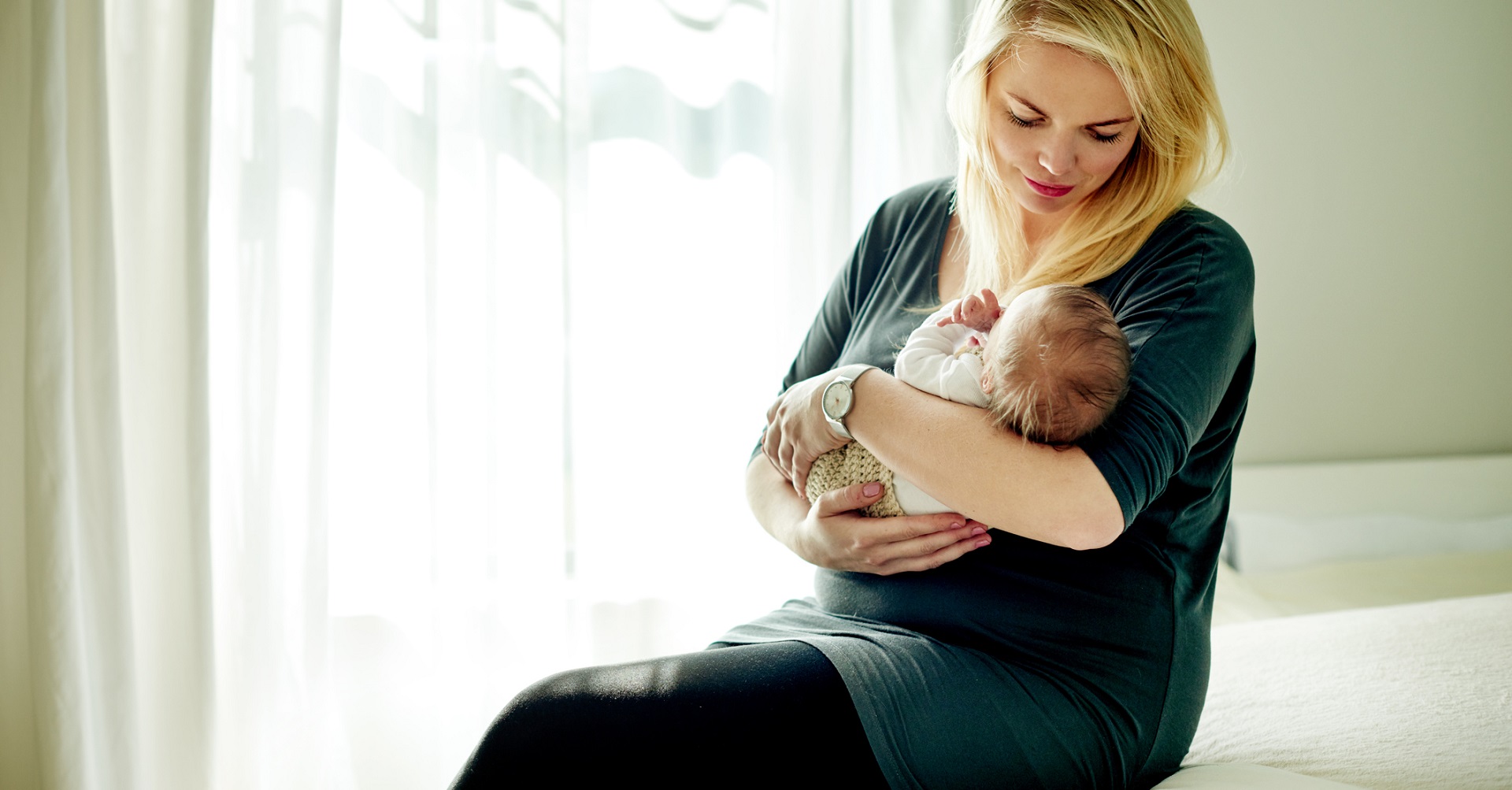This blog is part of our Weaving Wisdom series aimed at informing expectant parents about birth choices and encouraging proactive management of both the pregnancy and birth periods.
Byline: Louïne van der Vyver and Karin Steyn
All birthing positions are possible in water, from sitting or lying to crouching.
Nicolette Barkhuizen, an experienced midwife in private practice, advocates water birth. “Women realise that they are at their most powerful but also their most vulnerable during labour,” she says. “There is a lot that we can do to make childbirth a more dignified experience. We need to create an environment that is going to bring the birthing back to moms and allow them to tap into their innate knowing of ‘I can actually give birth.’ Many women can give birth on their own, but they are often not in an environment that is supportive. Water can be that support.”
Water birth is considered a form of gentle birthing that supports and facilitates the body’s natural wisdom of birthing. Nicolette Barkhuizen tells us more.
Did you know?
- Warm water is considered a form of pain relief during labour. It stimulates the skin as a sensory organ and releases endorphins - the body’s own natural morphine.
- Immersion in warm water aids relaxation, which reduces tension and anxiety for the mother, which further reduces the experience of pain associated to tension.
- The water birth pool uses about 1 000 litres of water.
- Salt is added to the water to help with sterilising the water and creating buoyancy.
- The temperature of the water is maintained at approximately 37.5˚C.
- The mother is immersed in water from the waist down. Being covered in water reduces her feeling of being exposed, and creates a private, safe sanctuary for her.
- In the water the mother’s body feels less heavy and she can change positions more comfortably. All birthing positions are possible in water, from sitting or lying back to squatting and crouching or kneeling.
- The baby’s heartbeat can be monitored by a Doppler foetal heart-rate monitor while the mother is in the water.
- The warm water facilitates elasticity of the perineum (the tissue between the anus and vagina) and reduces the risk of tearing.
- The baby can be born into the water, which resembles the temperature and quality of amniotic fluid. This is a comfortable transition for baby from the womb to the world.
- The baby does not attempt to breathe under water, because it is still getting oxygen from the placenta through the cord. The baby therefore cannot drown.
- A water birth may not be a possibility for preterm babies, or where there are maternal infections or meconium-stained amniotic fluid, or when there are more serious problems with mother or baby.
“Consider the benefit for the baby, being born gently. How the baby comes into the world and their first picture of the world, influences psychologically how the individual later views the world in a more subconscious way,” says Nicolette. “You don’t have to choose between a safe birth and a good experience. You can have the best of both worlds.”
The views and opinions expressed in this article are those of the authors and do not necessarily represent or reflect the views of 1Life or its employees.




